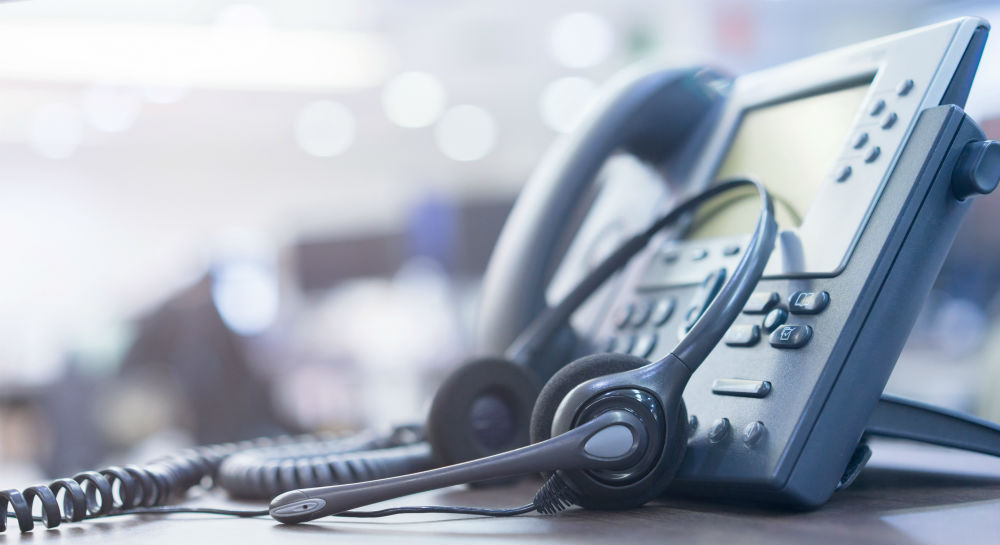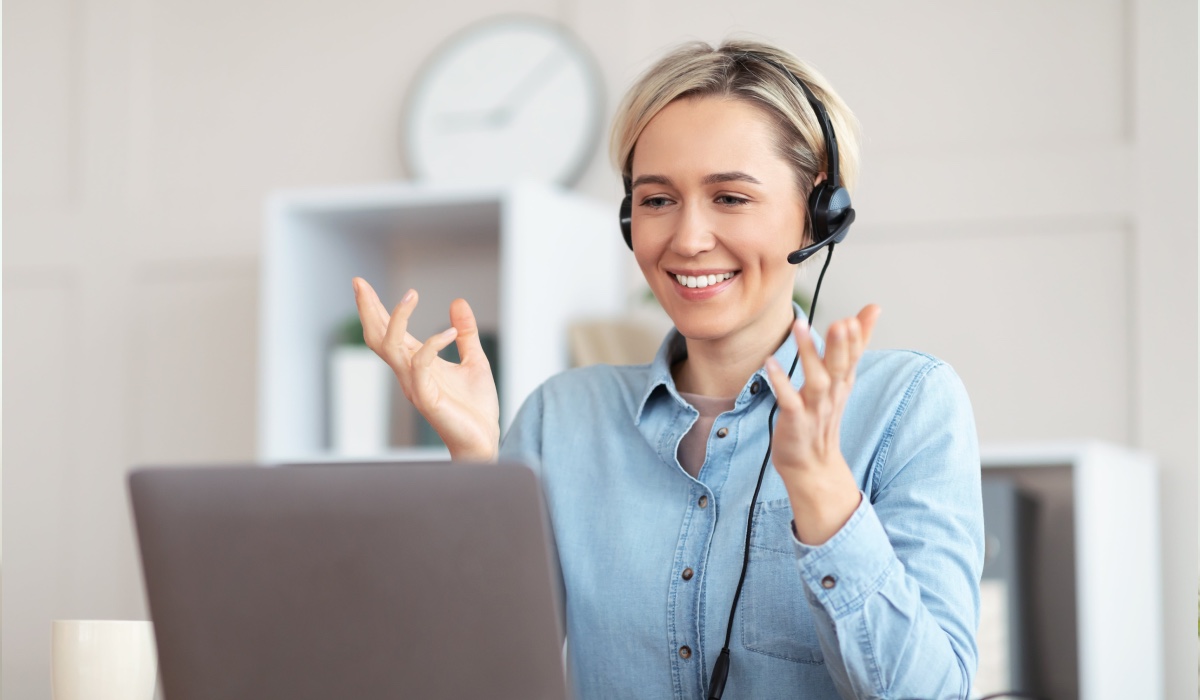All Categories
Featured
Table of Contents
Whats The Best Construction & Trades Phone Answering Service
This device and its followers were developed by Sava Jacobson, an electrical engineer with a private consulting service. While early voice mail utilized magnetic tape innovation, many contemporary equipment uses strong state memory storage; some gadgets utilize a combination of both, with a solid-state circuit for the outgoing message and a cassette for the incoming messages.
"toll saving" listed below) (telephone answering service). This is beneficial if the owner is screening calls and does not wish to consult with all callers. In any case after going, the calling celebration must be informed about the call having been addressed (most of the times this begins the charging), either by some remark of the operator, or by some greeting message of the TAD, or addressed to non-human callers (e.
This holds especially for the Little bits with digitally saved welcoming messages or for earlier makers (before the increase of microcassettes) with a special limitless loop tape, separate from a 2nd cassette, committed to recording. There have actually been answer-only devices with no recording abilities, where the greeting message had to inform callers of a state of existing unattainability, or e (business answering service).
What Is The Best Virtual Receptionist Perth - Local Phone Answering Service Available

about schedule hours. In tape-recording Little bits the greeting usually includes an invite to leave a message "after the beep". An answering machine that utilizes a microcassette to record messages On a dual-cassette answerphone, there is an outgoing cassette, which after the defined number of rings plays a pre-recorded message to the caller.

Single-cassette answering machines contain the outbound message at the start of the tape and inbound messages on the remaining area. They first play the announcement, then fast-forward to the next readily available area for recording, then record the caller's message. If there are numerous previous messages, fast-forwarding through them can trigger a substantial delay.
This beep is frequently referred to in the welcoming message, requesting that the caller leave a message "after the beep". Littles with digital storage for the recorded messages do disappoint this hold-up, naturally. A little may offer a remote control facility, where the answerphone owner can call the home number and, by getting in a code on the remote telephone's keypad, can listen to tape-recorded messages, or delete them, even when away from home.
Which Is Best 17 Reasons Why You Need A Telephone Answering Service Lg Or Whirlpool

Therefore the maker increases the number of rings after which it addresses the call (generally by 2, resulting in four rings), if no unread messages are currently kept, but answers after the set number of rings (generally 2) if there are unread messages. This enables the owner to find out whether there are messages waiting; if there are none, the owner can hang up the phone on the, e.
Some devices likewise allow themselves to be from another location triggered, if they have actually been turned off, by calling and letting the phone ring a certain big number of times (usually 10-15). Some service suppliers desert calls currently after a smaller number of rings, making remote activation impossible. In the early days of Little bits a special transmitter for DTMF tones (dual-tone multi-frequency signalling) was regionally required for remote control, given that the formerly used pulse dialling is not apt to communicate proper signalling along an active connection, and the dual-tone multi-frequency signalling was executed step-by-step.
Any incoming call is not recognizable with respect to these residential or commercial properties in advance of going "off hook" by the terminal devices. So after going off hook the calls need to be changed to suitable gadgets and only the voice-type is right away available to a human, however perhaps, nonetheless need to be routed to a LITTLE (e.
What Is The Best Phone Answering - Serviced & Virtual Offices & Admin ... Brand
What if I told you that you do not need to really select up your device when addressing a client call? Someone else will. So practical, ideal? Answering call does not need somebody to be on the other end of the line. Efficient automated phone systems can do the trick just as efficiently as a live agent and in some cases even much better.
An automated answering service or interactive voice response system is a phone system that interacts with callers without a live individual on the line - answering service. When companies use this innovation, customers can get the answer to a concern about your service merely by using interactions set up on a pre-programmed call circulation.
Although live operators update the customer care experience, numerous calls do not need human interaction. A basic recorded message or instructions on how a customer can obtain a piece of info typically resolves a caller's instant requirement - telephone answering service. Automated answering services are a simple and effective way to direct incoming calls to the ideal individual.
What Is The Best Telephone Answering Services
Notice that when you call a business, either for support or item questions, the first thing you will hear is a pre-recorded voice greeting and a series of options like press 1 for client service, press 2 for questions, and so on. The pre-recorded alternatives branch out to other choices depending upon the customer's choice.
The phone tree system helps direct callers to the right individual or department utilizing the keypad on a cellphone. In some circumstances, callers can utilize their voices. It's worth noting that auto-attendant alternatives aren't limited to the ten numbers on a phone's keypad. Once the caller has selected their first alternative, you can develop a multi-level auto-attendant that uses sub-menus to direct the caller to the right sort of support.
The caller does not need to communicate with an individual if the auto-attendant phone system can handle their concern. The automatic service can path callers to a worker if they reach a "dead end" and require assistance from a live agent. It is costly to work with an operator or executive assistant.
Best Concierge Service Store Near Me
Automated answering services, on the other hand, are significantly less costly and supply significant expense savings at an average of $200-$420/month. Even if you don't have actually dedicated staff to manage call routing and management, an automatic answering service enhances productivity by permitting your group to focus on their strengths so they can more effectively spend their time on the phone.
A sales lead routed to customer care is a lost shot. If a customer who has item concerns reaches the incorrect department or gets insufficient answers from well-meaning employees who are less trained to deal with a particular kind of question, it can be a cause of disappointment and discontentment. An automatic answering system can decrease the variety of misrouted calls, thereby helping your workers make much better usage of their phone time while freeing up time in their calendar for other jobs.
With Automated Answering Systems, you can produce a personalized experience for both your staff and your callers. Make a recording of your main welcoming, and just upgrade it routinely to reflect what is going on in your organization. You can create as many departments or menu alternatives as you want.
Latest Posts
Leading Phone Answering Service
Effective Emergency Call Answering Service – Australia
Comprehensive Auto-attendant Answering Service Near Me